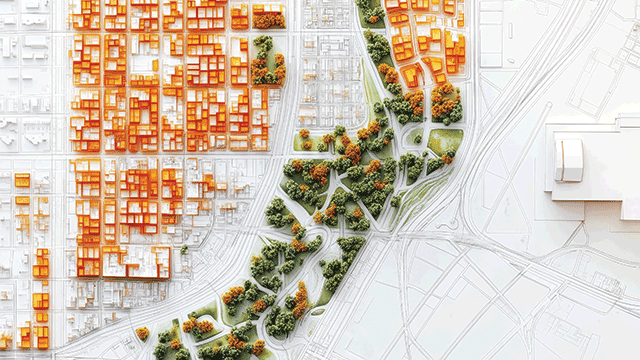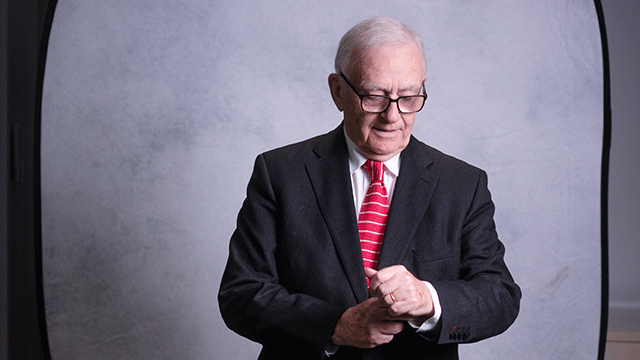When issues around new Code agreements are considered by site providers, the focus is often on the important matters of length of term, consideration, compensation, etc. The detail of exactly what equipment is being installed tends not to be scrutinised by the site provider in quite the same way.
With regard to existing sites, paragraph 17 of the Code confers automatic rights on operators to upgrade installations, where they are using the site under a Code agreement, so long as two conditions are met. These are (1) that the changes have no adverse impact, or only a minimal adverse impact, on the appearance of the installation, and (2) that the upgrading or sharing does not impose an additional burden on the site provider. Given that these rights are automatic, there is every chance the site provider may not be fully appraised of the details of changes being made by the operator ahead of time, and may not even engage with the operator to obtain the necessary information and seek professional advice on the same.
However, site providers can – and should – pay much closer attention to the kit being installed on their land, since ECC installations can raise issues concerning design and loading and, in relation to substantial sites, will likely engage Building Regulations.
I asked Steven Knight BSc (Hons), MRICS, director of building services at Cell:cm Chartered Surveyors, to explain the issues and highlight some of the points site owners should consider in detail before either entering into new agreements or in the context of upgrades.
LW: What loads are typically involved in a telecommunications installation?
SK: Modern 5G installations can contribute between 10 and 15 metric tonnes of dead loading (static load) to the roof of a host building. In some cases, ancillary items such as steelwork, grillages, handrailing and paving slabs (for direct support or use as ballast) can increase these further. Loads can be evenly spread out across a surface area, or there can be focused point loads, using plinths or footings to directly support spanning steel work and other items.
Other loads and forces, particularly wind loading, should also be considered, since they can increase the burden on the building. Piecemeal design can often overlook the bigger picture, and designers must demonstrate the full effect that wind can have on isolated items as well as the main building itself.
LW: When looking at new or upgraded rooftop sites, what are the main factors affecting design?
SK: Few buildings older than 20 years will have readily available “as built” design and construction information. Therefore, when looking at a roof for the purpose of accommodating any service load, including telecommunications equipment, there are several factors for designers and engineers to consider:
- How is the roof actually constructed?
- What is the age of the roof and what materials are used in the construction?
- Is there any deterioration of the physical elements and how does this affect the structural performance?
- Are there any implications from deleterious materials, ie asbestos or woodwool slab?
- How are load-bearing factors accounted for and are they accurately calculated to prove conformity? This includes dead loads affecting roof spans, the strength of supporting walls, transference of loads and the effects on the building, and other variable loads, ie imposed loads such as people and equipment. Environmental factors such as wind, rain and snow, other telecoms installations and existing service equipment including air conditioning plant, solar panels, etc should also be considered.
The main problem faced by designers is access. Can they readily expose elements and conduct sufficient investigations to determine the aforementioned factors? More often the answer is no, particularly in high end, occupied buildings such as residential flats.
LW: Is there any guidance or law which these installations must adhere to?
SK: Currently, there is no legislation or law which directly governs the design and installation of telecommunications equipment. However, buildings themselves must always comply with the Building Regulations. Within the Building Regulations there are clear requirements for approval to be sought when the structural dynamics of roofs are being altered, added to or upgraded.
As well as structural conformity, there should always be strict focus on fire safety and electrical safety, as well as the performance of the roof, with regard to its primary function which is to keep the building watertight. Site providers should consider whether any alterations have affected or will affect the waterproof membrane, and whether rainwater can be effectively discharged from the roof to the drains below without hindrance.
LW: Can building owners rely on the designs of the mobile operators and their suppliers?
SK: All telecommunication companies carry adequate indemnity insurance to cover most eventualities, but this does not provide sufficient comfort to be able to accept designs as being fully compliant without scrutiny. The sole focus of operators is to achieve coverage but, given the number of links in their supply chain, we have reservations as to whether designs take into consideration the best interests of the host building and its operational needs, particularly where there are issues around access and information as set out above. We would always recommend that building owners take independent professional advice on such matters, using suitably qualified surveyors and engineers to review designs and associated works before finalising agreements and granting access.
Laura West is senior associate (barrister) at Pennington Manches Cooper








